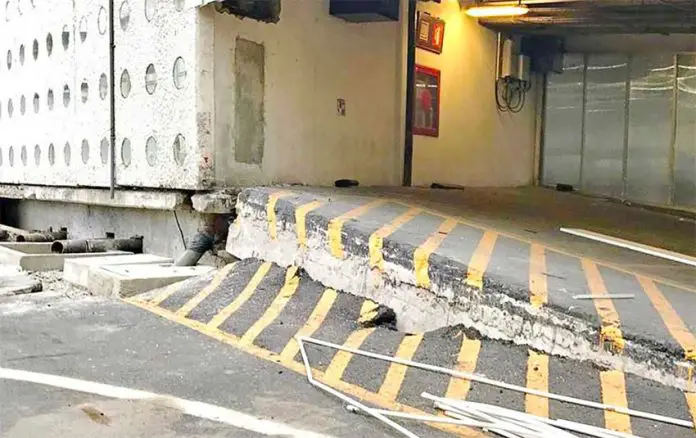Mexico City’s Benito Juárez International Airport is sinking at a rate of up to 30 centimeters a year, according to a report released by the airport administration.
The airport is also in need of an updated assessment of the structural damages that resulted from the earthquakes of September 2017, the report said.
Even though remedial and reinforcement work has been carried out in order to maintain adequate operational conditions and attend to damages done by the earthquakes, there is evidence that various airport installations have sunk “between 21 and 30 centimeters a year.”
The airport’s study of structural damages to Terminals 1 and 2, carried out in April, attributed the sinking to the extraction of water from the aquifer below the structure, which contributes to widespread sinking in other areas of Mexico City.
“This situation has been ongoing for the past 30 years,” stated the report, “and there are no signs that it will change in the foreseeable future.”
The Center for Research in Geography and Geomatics (Centrogeo) determined that some areas of Mexico City have sunk as much as 25 centimeters, 10 times the monthly average, since the 7.1-magnitude earthquake of September 19, 2017.
Since 2017, structural damages have been found in the airport’s two terminals, both of which have seen significant increases in traffic in recent years.
The number of travelers passing through Terminal 2 has more than doubled in the past 10 years. Terminal 1 saw a 63% increase in visitors in the same period.
The most prominent structural damages found were uneven floors, sunken and cracked foundations and weakened girder joints. After the quakes in 2017, beams supporting rooftop advertisements were removed after being found to be too weak to be safe.
Despite the findings, the airport administration declared that both terminals are currently in adequate condition in terms of security and operability. However, it reported that “if these issues are not dealt with, it could generate structural security problems in the future.”
Source: El Universal (sp)
